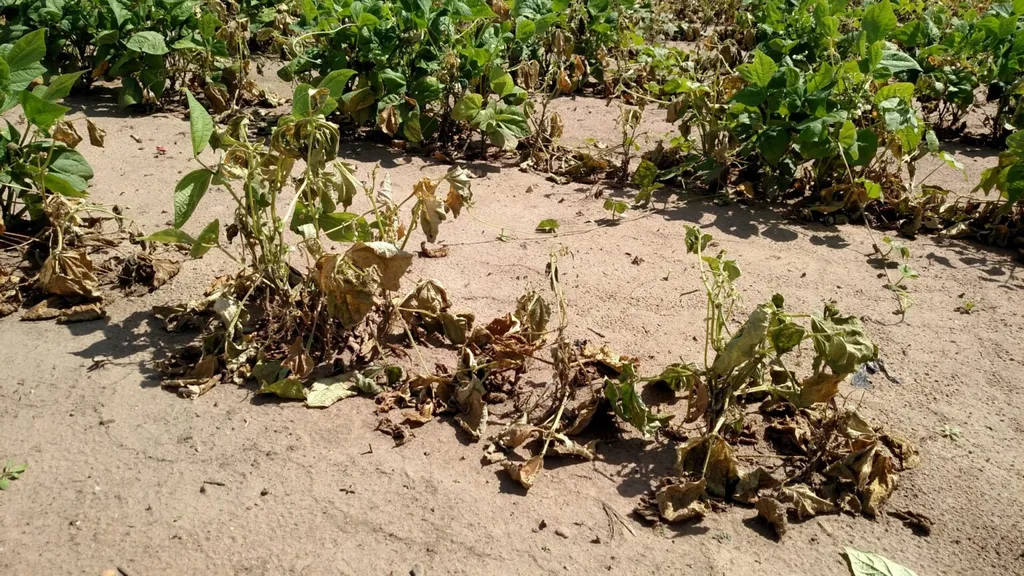In the quest for sustainable agricultural practices, a recent study published in *Applied and Environmental Microbiology* has uncovered a promising strategy to combat snap bean root rot, a disease that has long plagued farmers and threatened crop yields. The research, led by Ying Li from the College of Horticulture and Landscape Architecture at Heilongjiang Bayi Agricultural University in China, explores how pepper root exudates can significantly reduce the incidence of this devastating disease by reshaping the microbial community in the soil.
Root rot, caused by the pathogen Fusarium solani, is a major challenge for snap bean production. Traditional chemical control methods have proven ineffective and often lead to environmental contamination and a decline in soil microbial diversity. This new study offers a more sustainable approach by leveraging the natural benefits of intercropping. “Our findings demonstrate that pepper root exudates can effectively reduce snap bean root rot by altering the rhizosphere microbial community and promoting the synthesis of plant defense metabolites,” Li explained.
The study involved pot experiments where pepper root exudates were applied exogenously. The results were striking: compared to the control group inoculated only with Fusarium solani, the treatment with root exudates plus the pathogen showed a substantial reduction in pathogen abundance, enhanced plant antioxidant enzyme activities, and markedly alleviated root rot symptoms. High-throughput sequencing and untargeted metabolomics revealed that the pepper root exudates selectively enriched beneficial microbes such as Actinobacteria, Ascomycota, Streptomyces, and Saccharothrix. These microbes formed a robust network that antagonized the pathogen, effectively protecting the snap bean roots.
One of the key discoveries was the role of a flavonoid metabolite called Chrysin. The study found that the relative abundance of Chrysin in snap bean roots was positively correlated with the presence of Streptomyces and negatively correlated with Fusarium. This suggests that pepper root exudates not only reshape the microbial community but also induce the production of defensive metabolites in the host plant.
The commercial implications of this research are substantial. For the agriculture sector, this study provides a foundation for developing environmentally friendly biological agents that can be used to manage soil-borne diseases. By reducing the reliance on chemical pesticides, farmers can improve soil health and microbial diversity, leading to more sustainable and productive agricultural systems. “This research offers a novel approach to disease management that aligns with the principles of green agriculture,” Li noted.
The findings also open new avenues for future research. Understanding the specific mechanisms through which pepper root exudates interact with the microbial community and induce plant defense responses could lead to the development of targeted biocontrol strategies. Additionally, exploring the potential of other plant exudates to confer similar benefits could broaden the scope of sustainable disease management practices.
In conclusion, this study highlights the potential of pepper root exudates as a natural and effective means of combating snap bean root rot. By reshaping the microbial community and enhancing plant defenses, this approach offers a promising alternative to conventional chemical controls. As the agriculture sector continues to seek sustainable solutions, the insights from this research could pave the way for innovative and eco-friendly disease management strategies.

